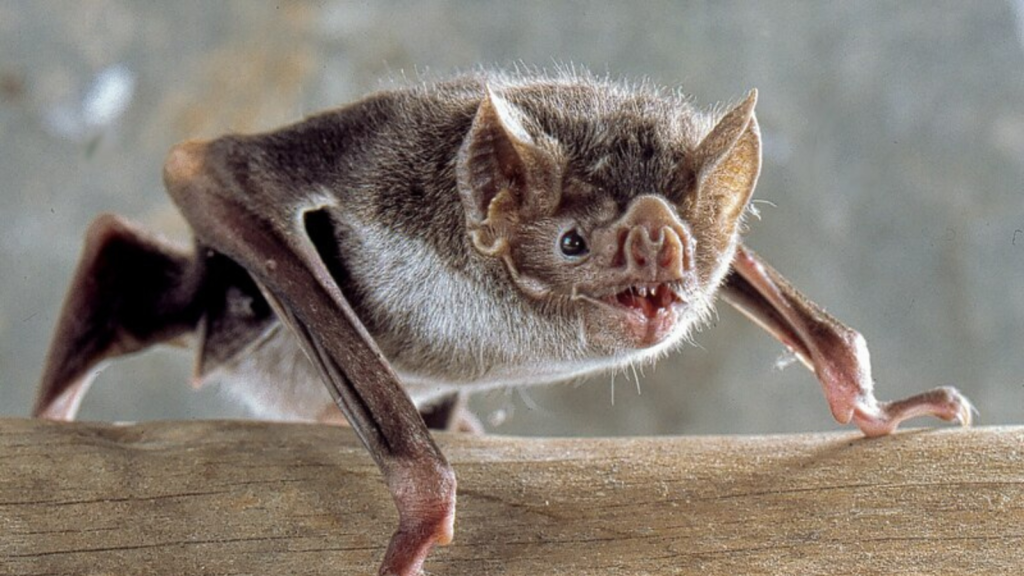Bats, those mysterious creatures of the night, freak so many people out, and I really don’t understand why. They’re not creepy or slimy or human-aggressive. Bats are really interesting and are so important in terms of controlling pests like mosquitoes and acting as pollinators. From their upside-down sleeping habits to their incredible echolocation abilities, these flying mammals are fascinating. While we might be familiar with the common pipistrelle flitting about our gardens at dusk, the world of bats is far more intriguing than many of us realize. These remarkable animals have adapted to life in ways that often seem bizarre or even impossible to us ground-dwelling humans. Let’s explore some of the most intriguing and unexpected facts about these nocturnal wonders.
They’re Not Blind
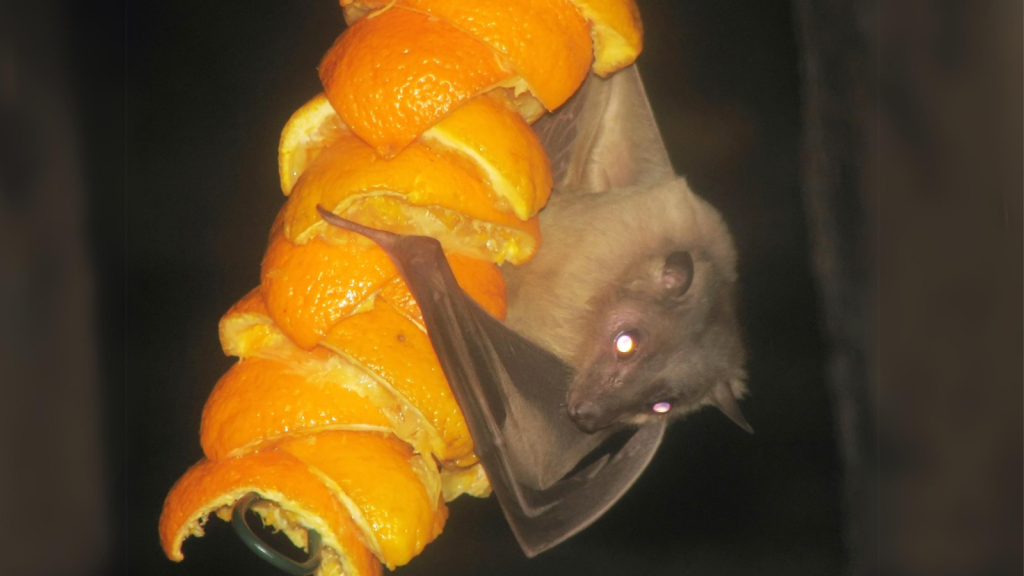
Contrary to popular belief, bats aren’t blind. In fact, many bat species have excellent eyesight, especially adapted for low-light conditions. Some fruit bats can even see in colour. Their vision complements their echolocation abilities, allowing them to navigate and hunt effectively in the dark. Interestingly, bat eyes contain a reflective layer called the tapetum lucidum, which enhances their night vision by reflecting light back through the retina.
Some Are as Small as Bumblebees
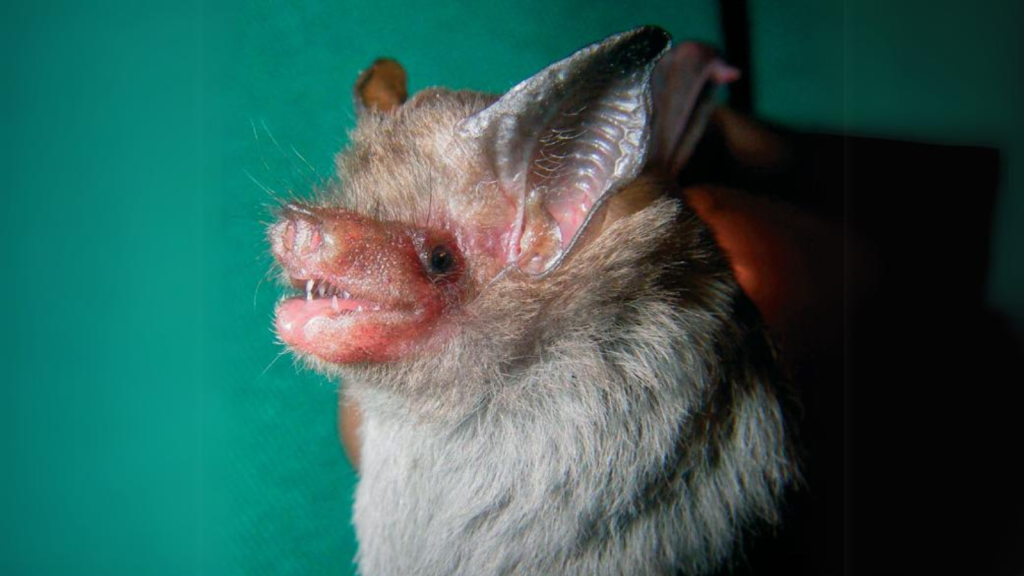
The smallest known bat species, Kitti’s hog-nosed bat, is tiny enough to fit comfortably on a human thumb. These minuscule mammals weigh only about 2 grams and have a wingspan of just 15 centimetres. Despite their size, they’re fully capable flyers and insect hunters. Their small size allows them to occupy ecological niches unavailable to larger bats, such as roosting inside bamboo stalks.
Others Have Wingspans Wider Than a Human
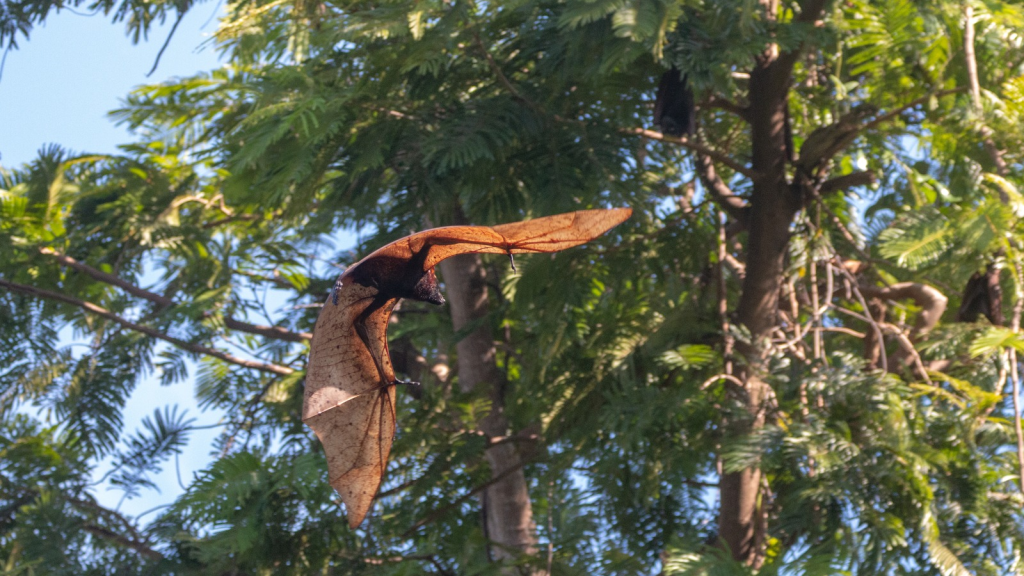
At the other end of the size spectrum, the giant golden-crowned flying fox has a wingspan that can reach up to 1.7 metres. That’s wider than the average human is tall! These enormous bats are fruit-eaters and play a crucial role in seed dispersal in their native Philippines. Despite their impressive size, they’re gentle creatures and primarily feed on figs and other tropical fruits.
They Can Swim
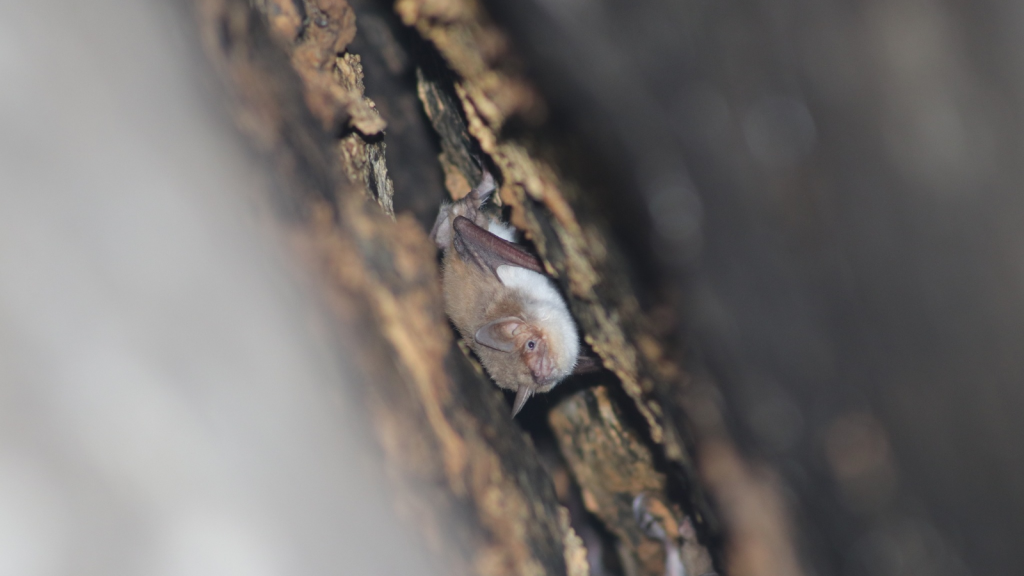
While it’s not their preferred mode of travel, many bat species are capable swimmers. Some, like the fish-eating myotis, are particularly adept and use their wings as flippers to ‘fly’ through water. They’ve been observed swimming up to a kilometre to reach roosting sites. This ability to swim helps bats survive accidental falls into water and even allows some species to catch fish as part of their diet.
Some Species Hibernate Upside Down in Ice
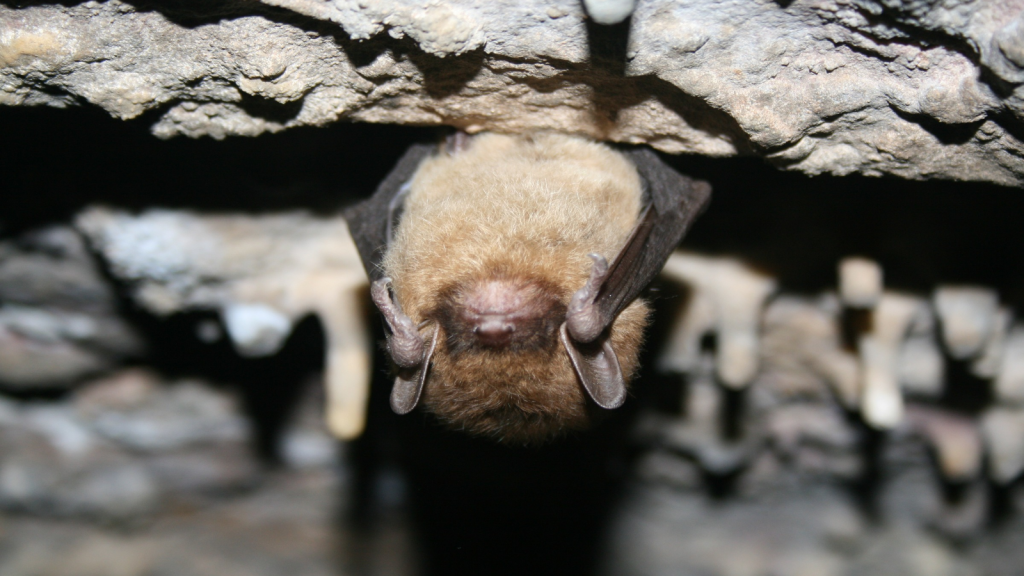
Certain bat species, like the little brown bat, can survive winter temperatures below freezing. They enter a state of torpor, slowing their heart rate and metabolism dramatically. Some have even been found hibernating in ice formations, though they prefer more protected spots like caves or old mines. During hibernation, a bat’s heart rate can drop from 400 beats per minute to just 10, allowing it to conserve energy through the winter months.
They’re the Only Mammals Capable of Sustained Flight
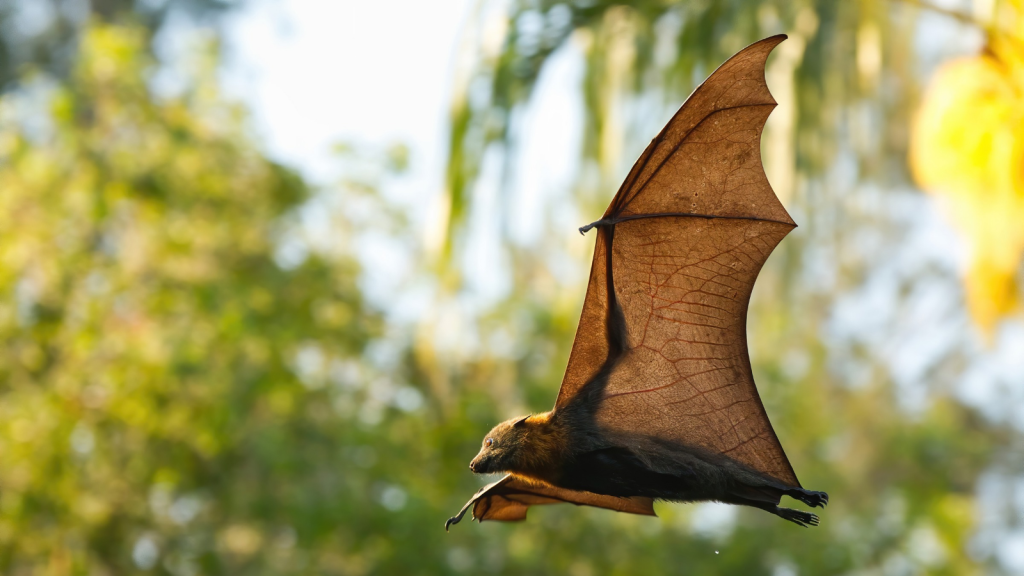
While other mammals like flying squirrels can glide, bats are the only ones that can truly fly. Their wings are actually modified hands, with a thin membrane of skin stretched between elongated finger bones. This unique adaptation allows for incredible aerial agility. The bat’s wing structure is so efficient that it’s inspired designs in aeronautical engineering.
Some Are as White as Snow
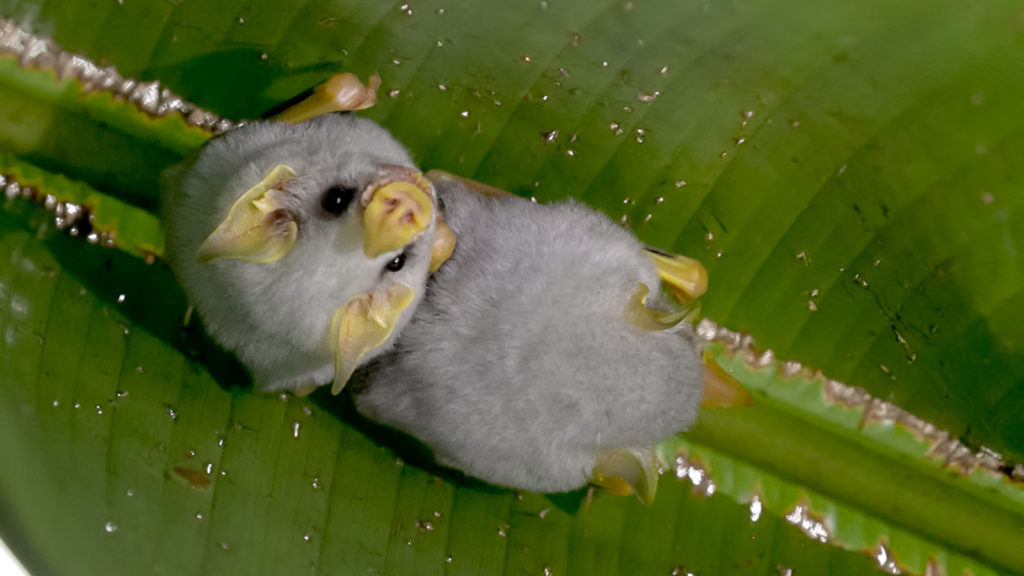
While many bats are brown or black, some species sport surprisingly bright colours. The Honduran white bat, for example, has brilliant white fur and a yellow nose and ears. These tiny bats create ‘tents’ by biting the veins of heliconia leaves, causing them to fold into a cosy shelter. Their white colour helps them blend in with the pale underside of the leaves, providing camouflage from predators.
They Can Live for Over 40 Years
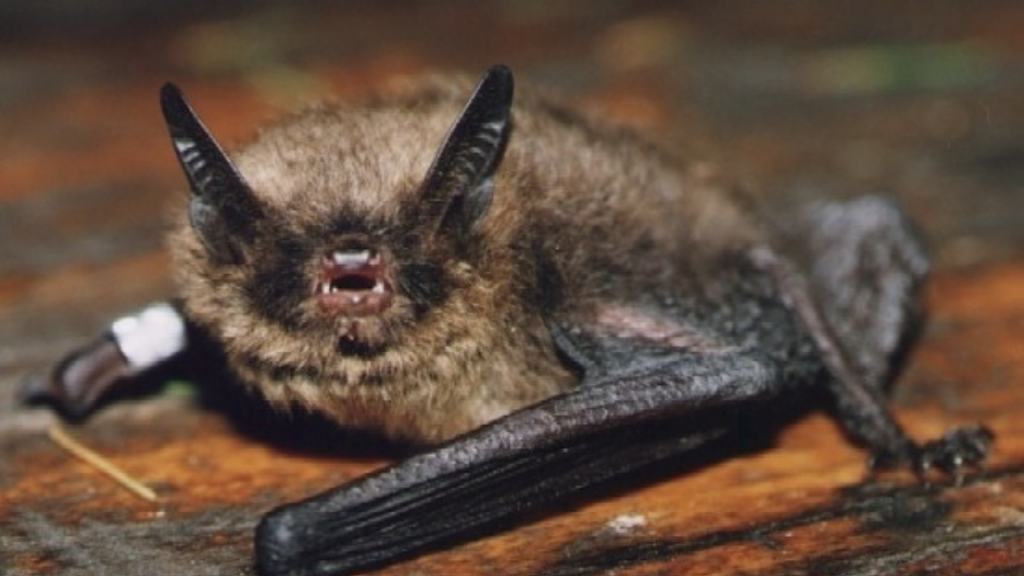
Despite their small size, some bat species have remarkably long lifespans. The Brandt’s bat, found in Europe, has been recorded living up to 41 years in the wild. This is extraordinarily long for a small mammal and has made bats subjects of longevity research. Scientists believe that the bat’s ability to enter torpor and slow its metabolism may contribute to its long lifespan.
Some Are Louder Than Rock Concerts
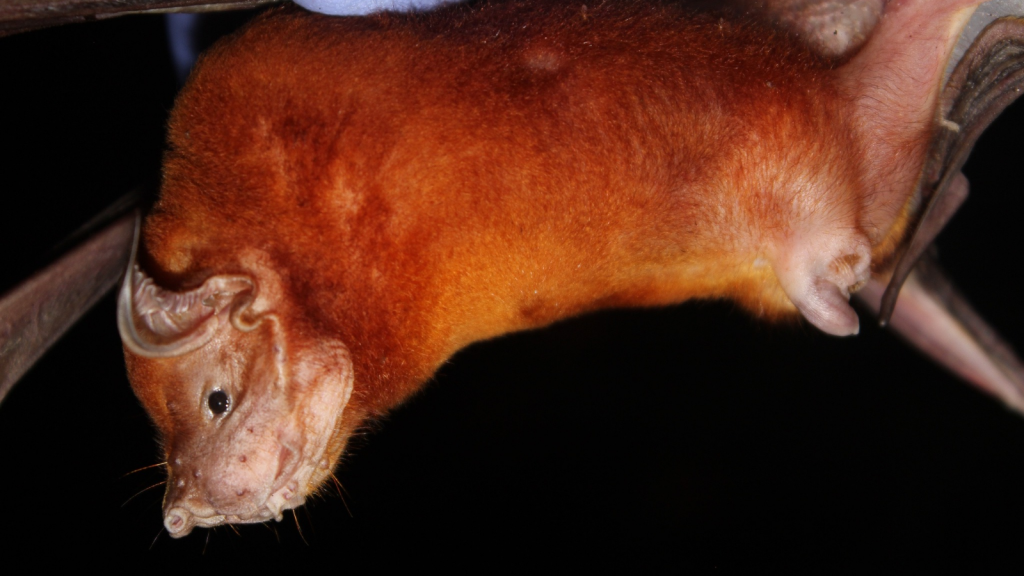
When echolocating, some bat species produce calls louder than a rock concert. The greater bulldog bat, for instance, emits calls up to 140 decibels – louder than a jet engine at takeoff! Luckily for them, they have a special mechanism to avoid deafening themselves. They achieve this by temporarily disconnecting their middle ear bones when emitting these intense sounds.
They Have Built-In Sunscreen
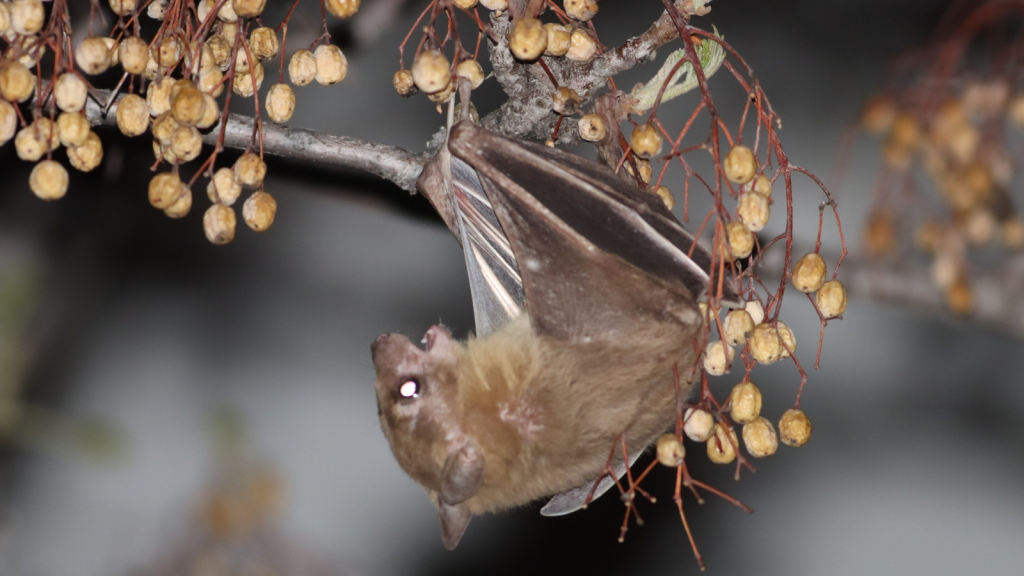
Some desert-dwelling bats have evolved a natural sunscreen. Species like the Egyptian fruit bat produce a special compound in their skin that absorbs UV light, protecting them from sunburn during daytime foraging. This adaptation allows them to be active during cooler daylight hours in harsh desert environments. The compound, called kynurenine, is also found in human eyes and may have potential applications in developing new sunscreen products.
Some Are Pollinators
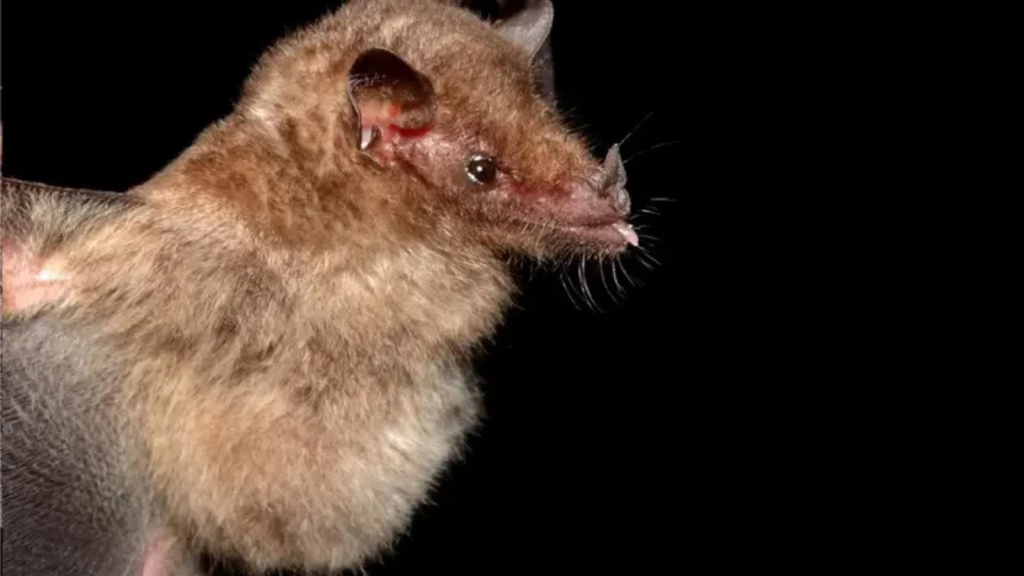
While we often think of bees and butterflies as pollinators, some bat species are crucial for plant reproduction. The tube-lipped nectar bat has an extraordinarily long tongue – up to 1.5 times its body length – perfect for reaching deep into flowers for nectar. In the process, they transfer pollen, helping plants reproduce. Some plants, like the iconic baobab tree, rely almost entirely on bats for pollination.
They Can Run
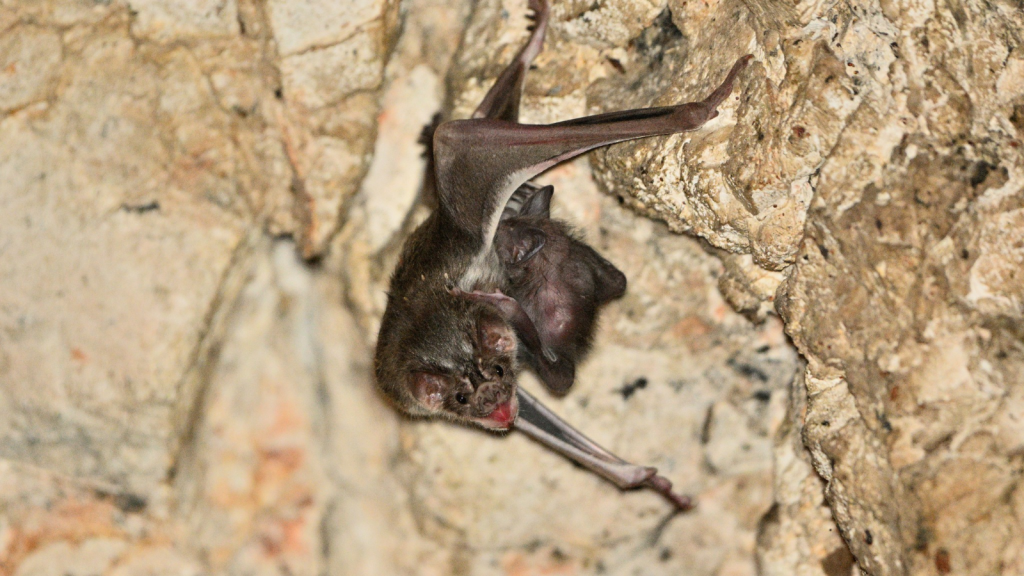
Most people think of bats as only flying or hanging upside down, but some species are surprisingly agile on the ground. The common vampire bat can run at speeds up to 1.2 metres per second. This ability helps them approach prey on the ground and escape if needed. Their unique gait involves using their wings as front legs, allowing for a swift, four-legged gallop.
Some Have Suction Cups on Their Limbs
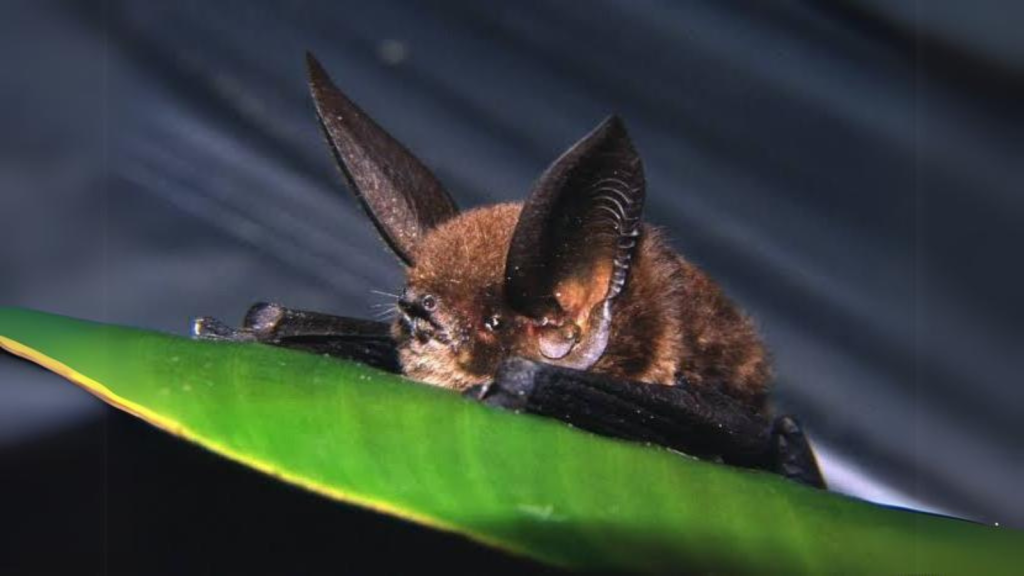
The sucker-footed bat of Madagascar has unique adhesive organs on its wrists and ankles. These ‘suction cups’ allow the bat to stick to smooth surfaces like leaves. Unlike other bats that hang upside down, these bats roost right-side up inside curled leaves. The suction cups work through wet adhesion, similar to how tree frogs stick to surfaces, rather than actual suction.
They Can Pause Their Pregnancies
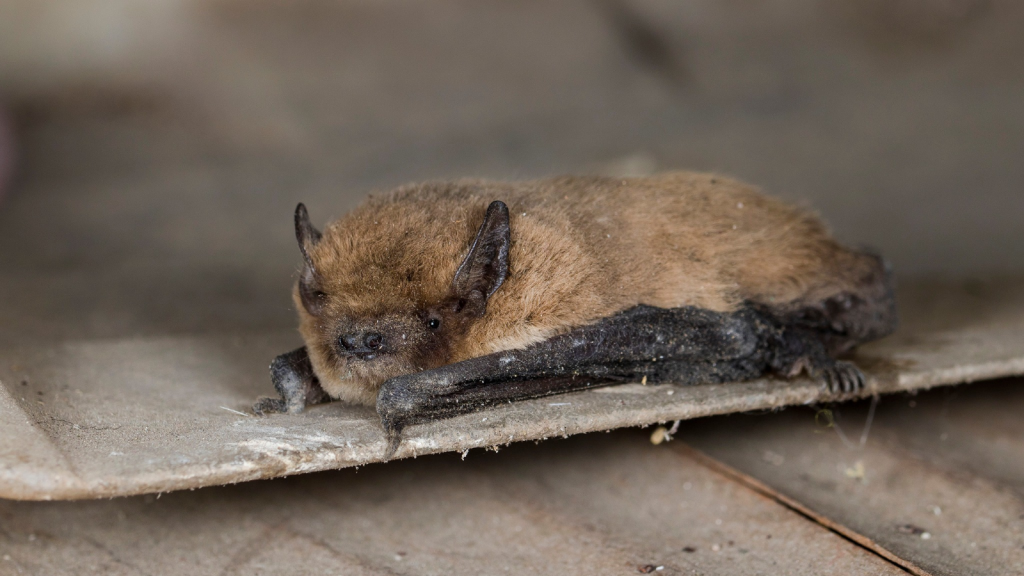
Some bat species have the extraordinary ability to delay pregnancy. They can store sperm for months, only fertilising the egg when conditions are right. The common pipistrelle can even pause the development of a fertilised egg, a trick that helps them time birth with optimal food availability. This adaptation allows bats to synchronise births with seasonal abundance of insects or fruits, ensuring the best chances of survival for their young.
They Have Sophisticated Social Lives
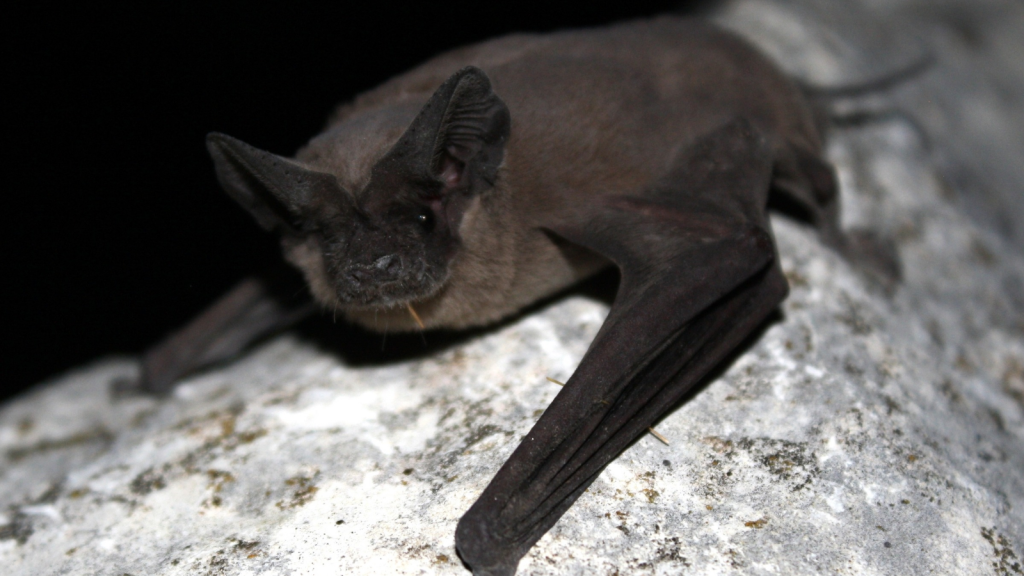
Contrary to their often solitary reputation, many bat species have complex social structures. Mexican free-tailed bats, for instance, live in colonies that can number in the millions. Within these large groups, mothers can locate their own pups among thousands of others by recognizing their unique calls and scents. Bats also engage in social grooming, food sharing, and even babysitting each other’s young, demonstrating a level of social cooperation that rivals many primate species. Some bats even form lifelong friendships, roosting with the same individuals year after year.

